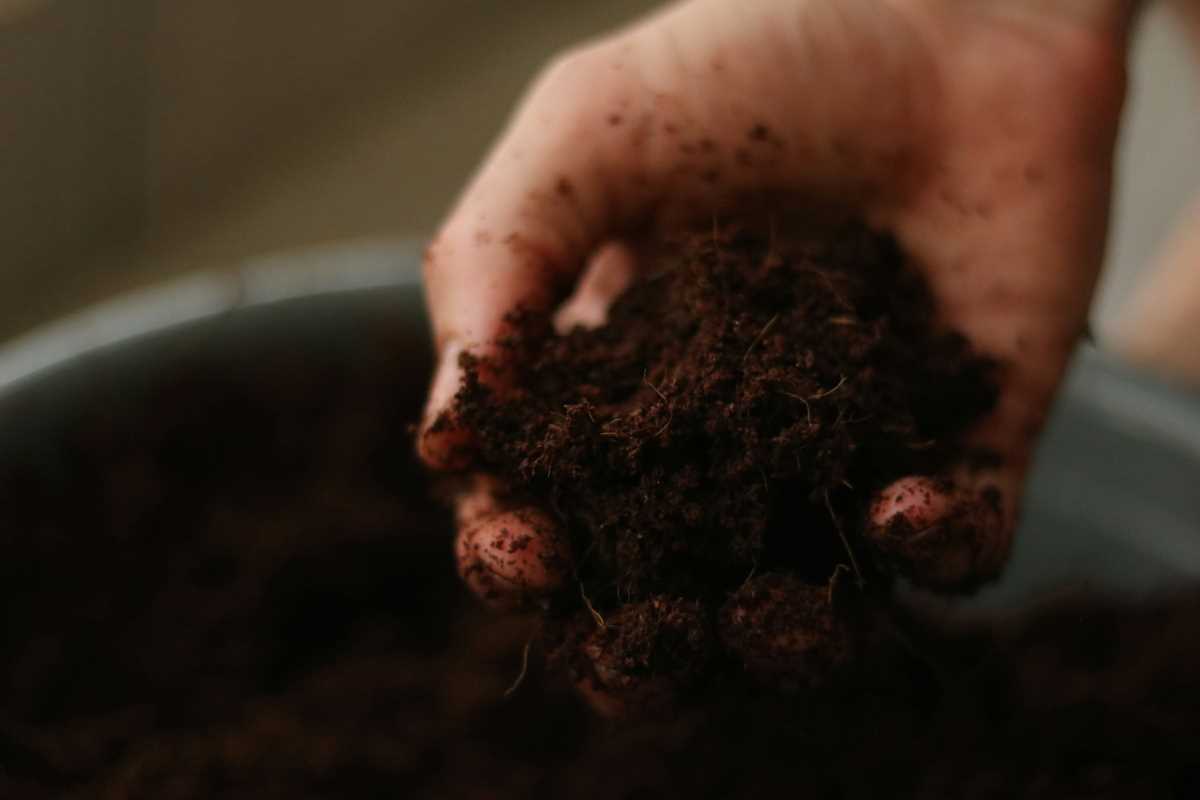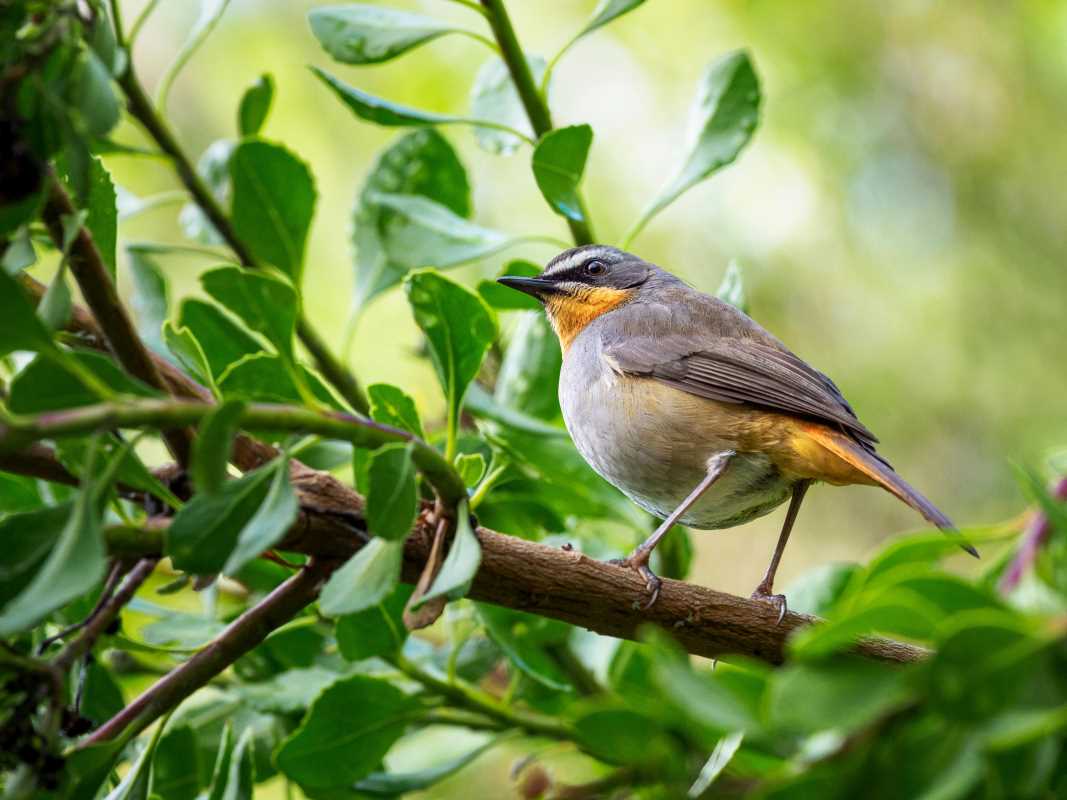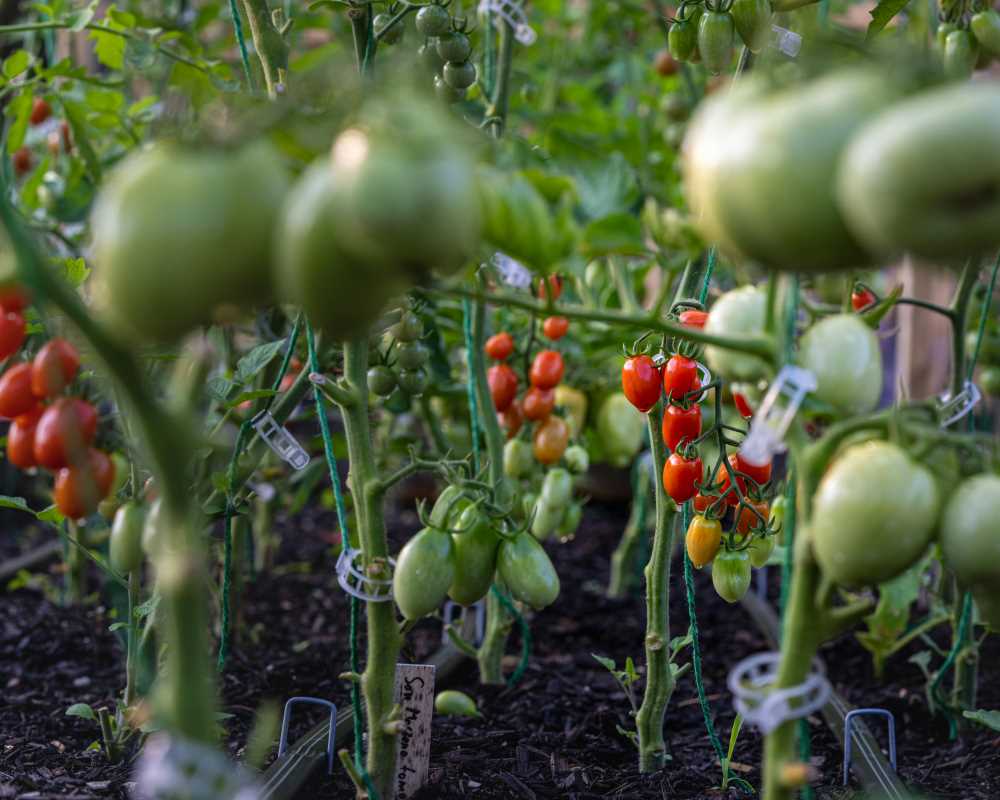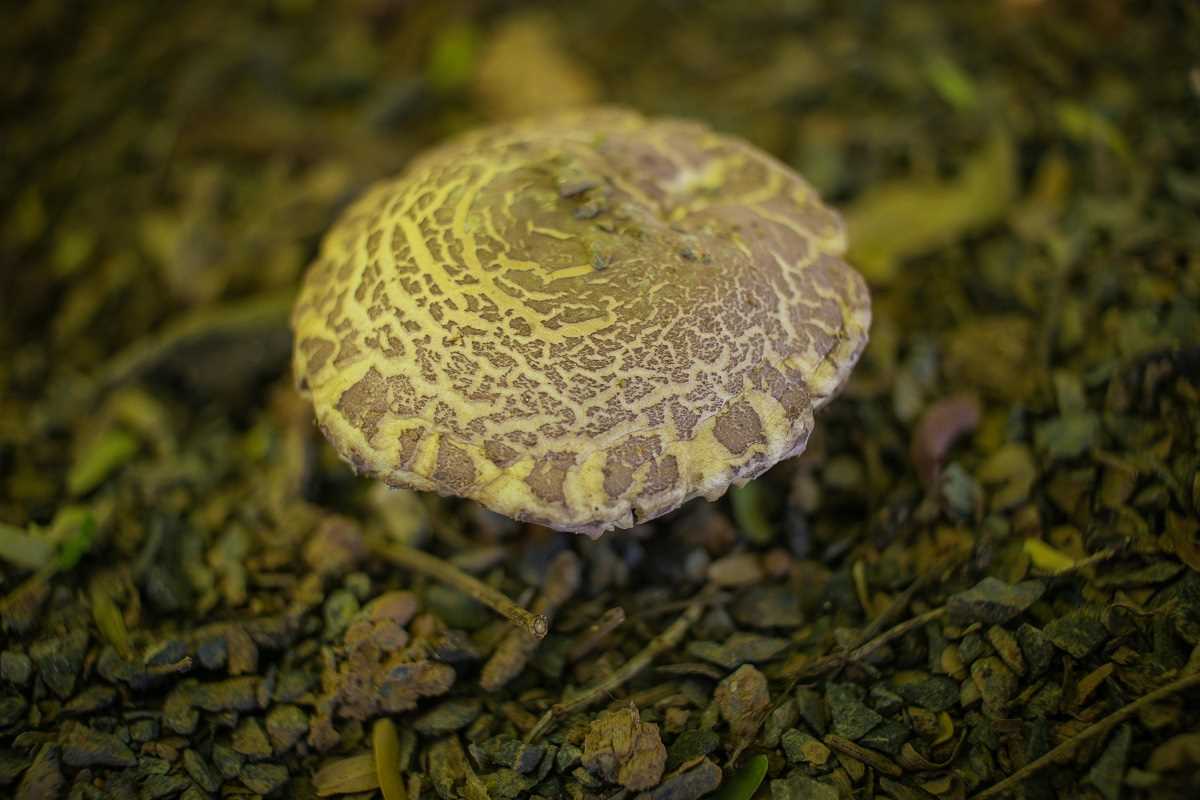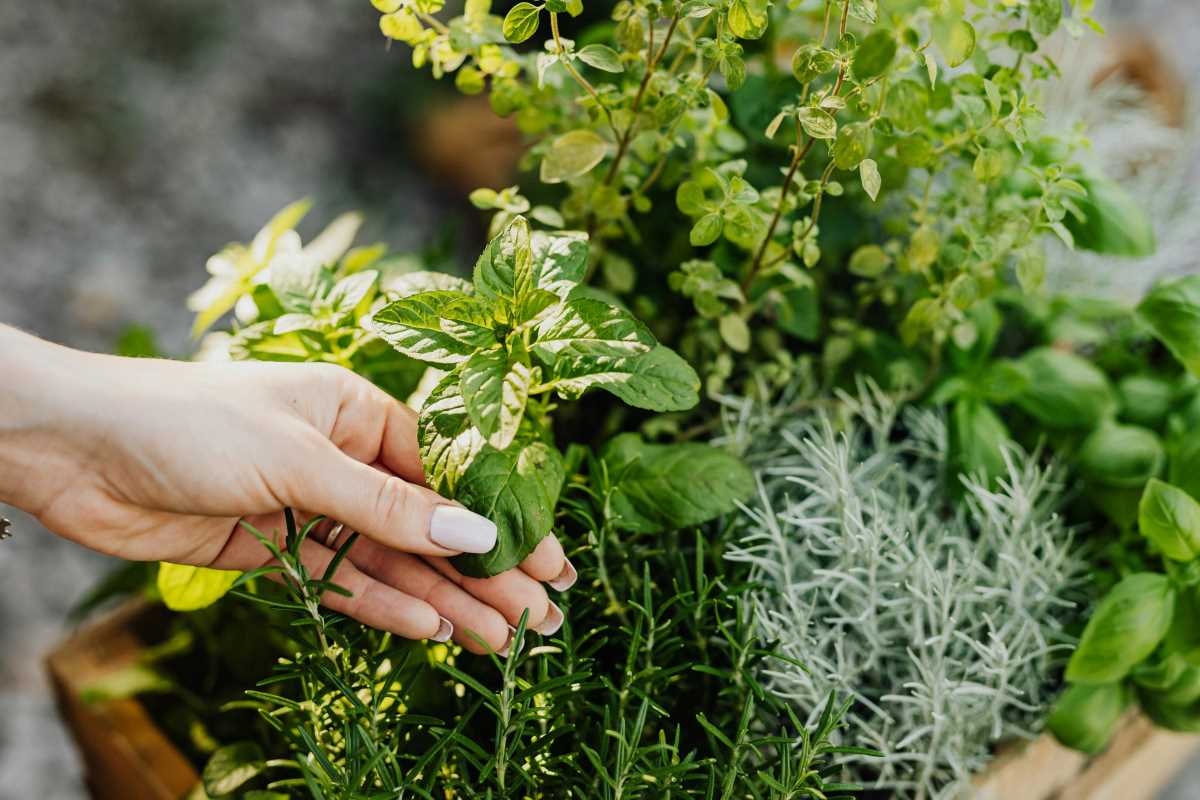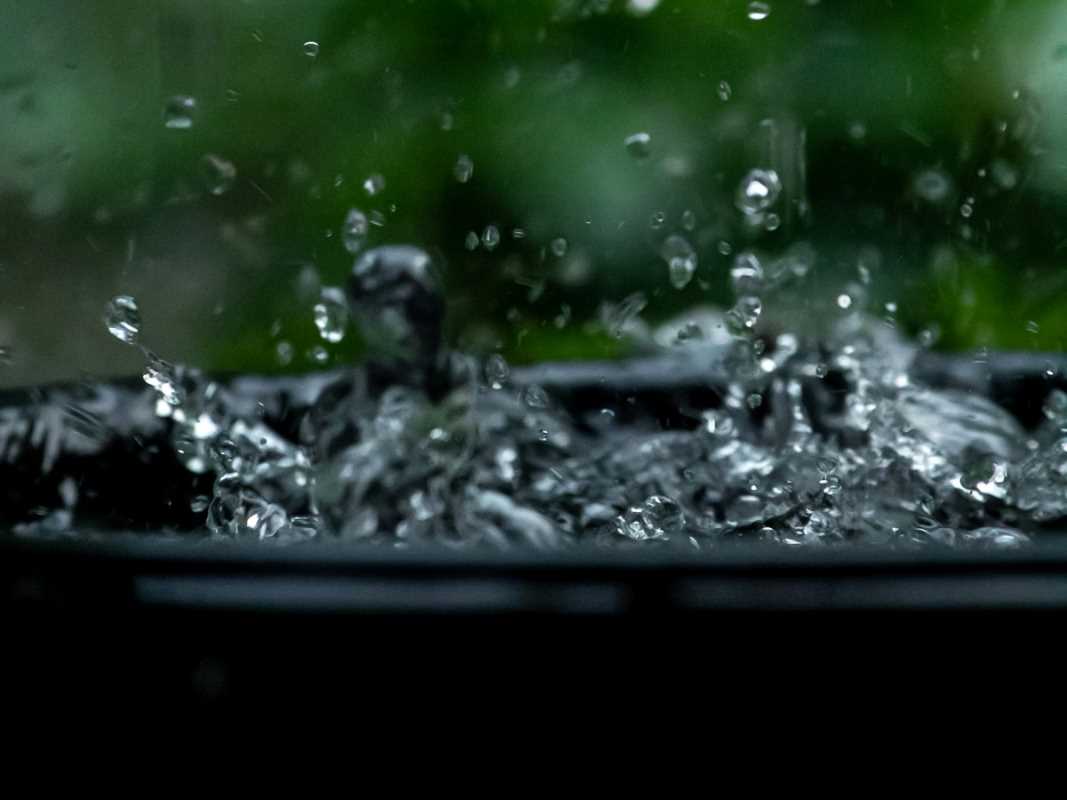Creating a pollinator-friendly garden filled with native flowers is one of the most impactful steps you can take to support local ecosystems. Pollinators, like bees, butterflies, and beetles, play a vital role in plant reproduction and food security. Yet, their populations are declining due to habitat loss, pesticide use, and climate change. By choosing native flowers that provide nectar, pollen, and shelter, you not only create a haven for pollinators but also enjoy a thriving, low-maintenance garden.
This guide explores the top native flowers to attract bees and other pollinators, their benefits, and tips for incorporating them into your outdoor space.
Why Choose Native Flowers?
Native flowers are plants that have naturally grown in a specific region for hundreds or thousands of years. They’ve co-evolved with local pollinator species, forming a mutually beneficial relationship that supports thriving ecosystems.
Key Benefits of Native Flowers:
- Adapted to the Environment: Native flowers require less water, fertilizer, and maintenance since they’re perfectly suited to your local soil and climate.
- Support for Wildlife: They provide essential food, nesting sites, and shelter for pollinators and other beneficial insects.
- Sustainable Gardening: By choosing native plants, you reduce the need for pesticides, herbicides, and other environmental interventions.
Native flowers are a natural fit for gardeners looking to make a positive impact while enjoying a beautiful outdoor space.
Top Native Flowers to Attract Pollinators
Here’s a list of vibrant and beneficial native flowers that are sure to bring your garden to life with pollinator activity.
1. Milkweed (Asclepias spp.)
Milkweed is a superstar plant when it comes to supporting butterflies, especially monarchs. Monarch caterpillars exclusively eat milkweed leaves, making it a must-have for any pollinator garden.
Benefits:
- Provides nectar for bees and butterflies.
- Essential host plant for monarch caterpillars.
- Easy to grow and available in multiple varieties.
Growing Conditions:
- Light: Full sun
- Soil: Well-drained, sandy or loamy soil
- Hardiness Zones: 3-9
Tips:
Group milkweed in sunny spots to create a striking visual display while supporting monarchs through their entire lifecycle.
2. Black-Eyed Susan (Rudbeckia hirta)
This cheerful, bright yellow flower is a magnet for a variety of pollinators, including bees, butterflies, and even small birds like goldfinches.
Benefits:
- Long blooming period, offering nectar to pollinators all summer.
- Attracts seed-loving birds in the fall.
- Low-maintenance perennial.
Growing Conditions:
- Light: Full sun to partial shade
- Soil: Tolerates a variety of soils but thrives in well-drained conditions
- Hardiness Zones: 3-7
Tips:
Plant black-eyed Susans in clusters for maximum visual appeal and to draw more pollinators.
3. Purple Coneflower (Echinacea purpurea)
A garden favorite, purple coneflowers are loved by bees, butterflies, and hummingbirds. Their long-lasting blooms add color and structure to your garden.
Benefits:
- Offers rich nectar and pollen for various pollinators.
- Seeds attract birds in fall and winter.
- Drought-tolerant and hardy.
Growing Conditions:
- Light: Full sun to partial shade
- Soil: Well-drained soil, tolerates clay and poor soils
- Hardiness Zones: 3-9
Tips:
Deadhead spent blooms to encourage more flowers, or leave seed heads through winter to support birds.
4. Bee Balm (Monarda spp.)
Bee balm’s vibrant red, pink, or purple flowers draw in bees, butterflies, and hummingbirds in droves. Its aromatic foliage and stunning blooms make it a garden showstopper.
Benefits:
- High nectar production, perfect for pollinators.
- Can double as a culinary herb for teas and salads.
- Helps fill garden beds with mid- to late-summer color.
Growing Conditions:
- Light: Full sun to partial shade
- Soil: Prefers moist, well-drained soil
- Hardiness Zones: 3-9
Tips:
Divide bee balm every few years to keep plants vigorous and disease-free.
5. Wild Bergamot (Monarda fistulosa)
Often confused with bee balm, wild bergamot is a native variety with similar pollinator-attracting qualities. It’s especially valued for its resilience and adaptability.
Benefits:
- Attracts bees, butterflies, and moths.
- Known for its calming, lavender-like scent.
- Thrives in prairies and meadow gardens.
Growing Conditions:
- Light: Full sun
- Soil: Tolerates a range of soils, including dry and rocky areas
- Hardiness Zones: 3-9
Tips:
Pair wild bergamot with other meadow flowers for a cottage-style, pollinator-friendly garden.
6. Goldenrod (Solidago spp.)
Often mistaken for a cause of allergies, goldenrod is actually vital for pollinators like bees and butterflies. Its bright yellow flowers bloom when many other plants start to fade.
Benefits:
- Rich nectar source during late summer and fall.
- Provides habitat and pollen for bees and migrating butterflies.
- Highly drought-tolerant.
Growing Conditions:
- Light: Full sun to partial shade
- Soil: Well-drained but adaptable to most conditions
- Hardiness Zones: 3-8
Tips:
Combine goldenrod with asters to create a dynamic, late-season pollinator-friendly display.
7. Blazing Star (Liatris spp.)
With its tall spikes of purple or white flowers, blazing star is a magnet for pollinators and makes an elegant addition to any garden.
Benefits:
- Provides high-energy nectar to bees, butterflies, and even hummingbirds.
- Adds vertical interest to garden beds.
- Adaptable to different garden styles, from formal to wild.
Growing Conditions:
- Light: Full sun
- Soil: Well-drained, sandy soil
- Hardiness Zones: 3-9
Tips:
Plant blazing star in groups to create contrast and draw pollinators to your garden.
Designing Your Pollinator Garden
When incorporating these native flowers into your garden, keep a few design principles in mind to maximize their impact.
Create Layers:
Plant a combination of low-growing ground covers, mid-height perennials, and tall blooms. This layering provides nectar sources for pollinators at different flying heights.
Plan for Seasons:
Aim for a sequence of blooms from early spring to late fall. This ensures that your garden supports active pollinators throughout the year.
Go Organic:
Avoid pesticides and synthetic fertilizers that can harm pollinators. Instead, focus on compost and natural pest control methods.
Add Water Features:
As mentioned earlier, shallow water dishes filled with pebbles or wet sand can give bees and butterflies a safe place to drink.
By carefully selecting native flowers and following organic practices, you can create a haven for pollinators in your backyard that is as good for the environment as it is beautiful to look at.
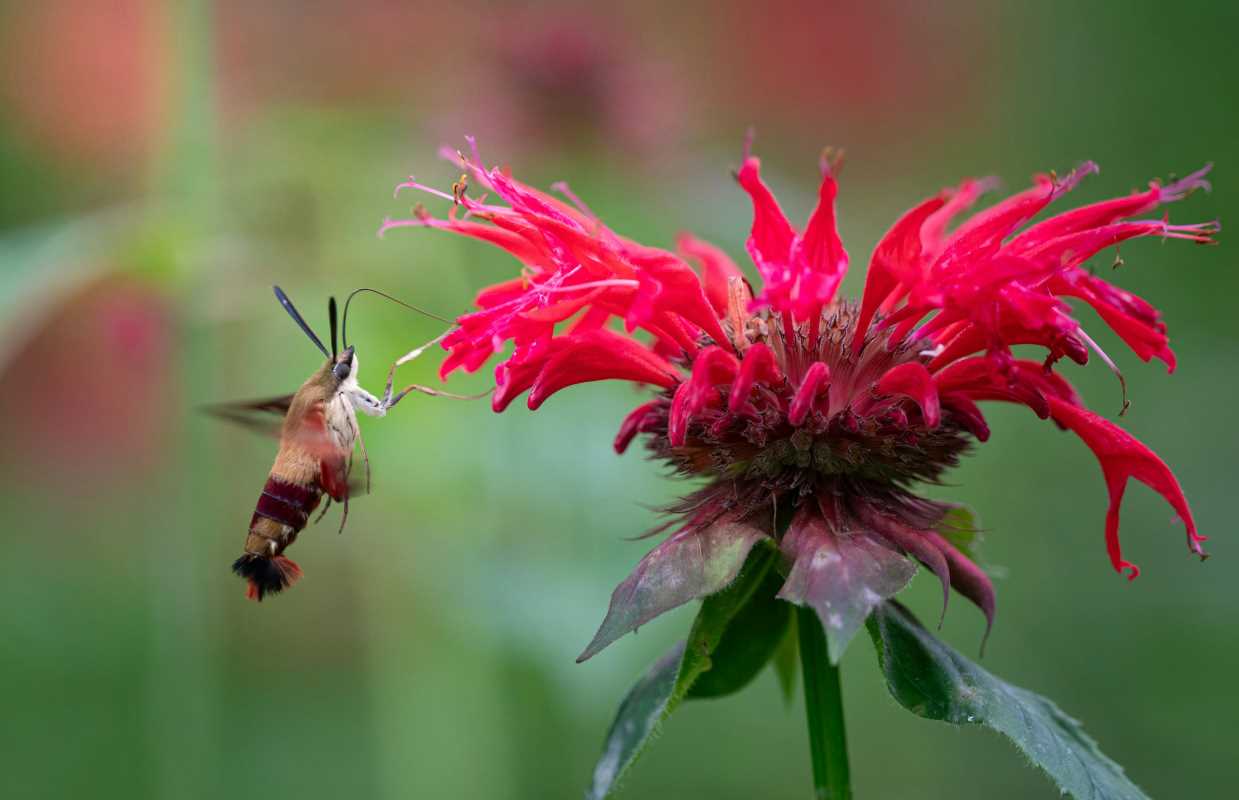 (Image via
(Image via